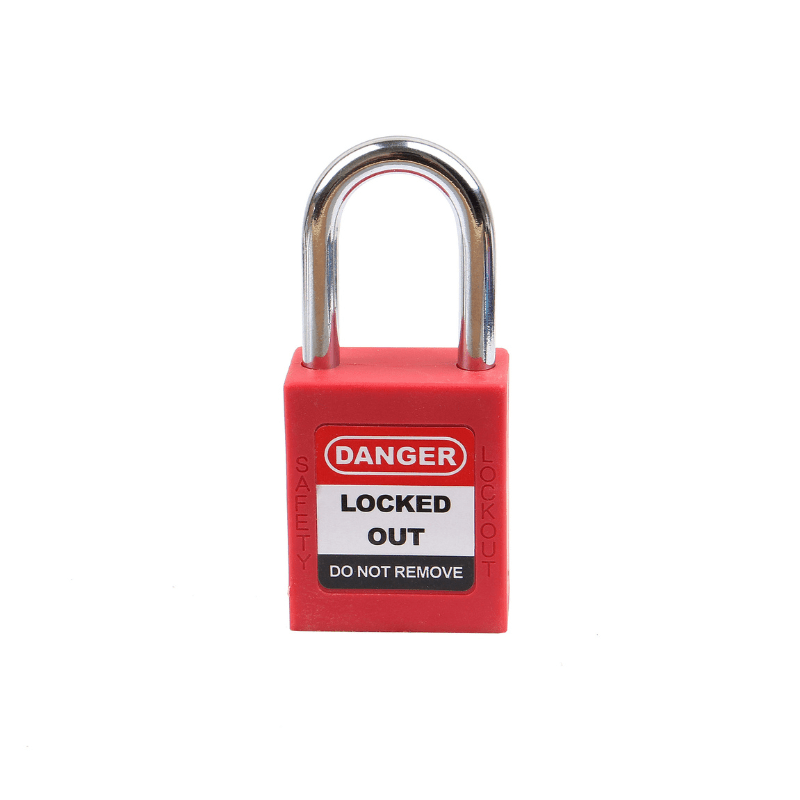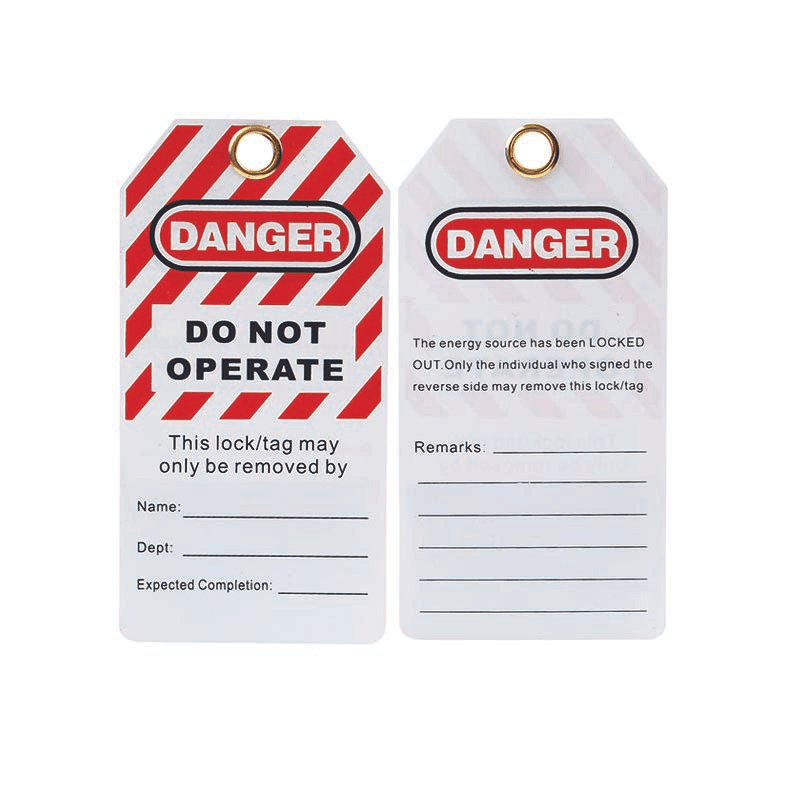Table of Contents
- 1. Introduction
- 2. Role of Steam-in-Place (SIP) in Sterilization
- 3. Importance of Dryness After SIP
- 3.1 Preventing Microbial Contamination
- 3.2 Maintaining Product Quality
- 3.3 Ensuring Equipment Longevity
- 4. Adverse Effects if Dryness Isn’t Achieved
- 5. Standards and Guidelines Supporting Dryness
- 6. Best Practices to Achieve Dryness
- 7. Conclusion
1. Introduction
In sterile pharmaceutical manufacturing, maintaining equipment dryness after Steam-in-Place (SIP) is essential. Inadequate dryness can compromise product quality, invite microbial contamination, and lead to increased maintenance. This post outlines the significance of post-SIP dryness, potential adverse effects if not achieved, relevant industry standards, and best practices to ensure it.
2. Role of Steam-in-Place (SIP) in Sterilization
Steam-in-Place is a sterilization technique that uses high-temperature steam to eliminate microorganisms on equipment surfaces. SIP is a critical part of biopharmaceutical and pharmaceutical manufacturing, preparing sterile conditions without disassembling complex equipment systems. However, the SIP process often leaves moisture that must be managed to maintain sterility and compliance. Achieving dryness after SIP is necessary for preventing contamination and supporting effective production cycles.
3. Importance of Dryness After SIP
3.1 Preventing Microbial Contamination
Residual moisture fosters microbial growth, which can compromise sterility. EU GMP Annex 1, revised in 2022, highlights dryness as a fundamental requirement to avoid microbial risks. Water within equipment surfaces supports microbial proliferation, particularly in isolated areas, increasing the chance of contamination and compromising patient safety.
3.2 Maintaining Product Quality
Moisture left in equipment after SIP can also impact sensitive products, especially biologics or lyophilized formulations, which are highly susceptible to changes in their environment. According to ASME BPE guidelines, a dry environment post-SIP prevents degradation, ensuring stability, purity, and effectiveness of the final product.
3.3 Ensuring Equipment Longevity
Residual moisture can lead to equipment corrosion and material degradation, especially in systems made from high-grade stainless steel. By promoting complete drying post-SIP, manufacturers protect their equipment from premature wear, reduce the frequency of maintenance needs, and prolong the lifespan of key manufacturing assets.
4. Adverse Effects if Dryness Isn’t Achieved
1. Increased Risk of Microbial Contamination
- Microbial Growth: Residual moisture provides an ideal environment for microbial growth. This is particularly concerning in aseptic manufacturing, where even minor contamination can result in batch failure and product recalls, with potentially serious health implications.
- Biofilm Formation: Moisture promotes biofilm development on equipment surfaces, which can resist standard cleaning and sanitization efforts, turning into a persistent source of contamination across batches.
2. Compromised Product Quality and Stability
- Product Degradation: Residual moisture can lead to product degradation and instability, particularly in biologics and lyophilized drugs.
- Inconsistent Potency and Dosage: When moisture disrupts formulations, it can lead to inconsistent dosages, which compromises therapeutic outcomes for patients.
- Elevated Endotoxin Levels: Moisture can carry endotoxins from bacterial sources, which, if undetected, may induce pyrogenic reactions in patients.
3. Equipment Damage and Maintenance Issues
- Corrosion and Degradation: Persistent moisture can corrode stainless steel and other materials, leading to frequent repairs, increased maintenance costs, and reduced equipment lifespan.
- Frequent Maintenance Needs: Increased moisture accelerates the degradation process, demanding more frequent maintenance.
4. Cross-Contamination Risks
- Batch-to-Batch Contamination: Moisture retained in equipment can facilitate the transfer of contaminants from one batch to the next, risking sterility in subsequent batches.
- Cleaning Validation Issues: Ensuring effective cleaning is more challenging when residual moisture remains.
5. Production Efficiency Loss
- Extended Downtime: Inadequate drying may require extended drying cycles or additional cleaning, which disrupts production schedules and reduces output.
- Increased Quality Control Demands: Persistent moisture triggers frequent quality control checks, increasing labor costs and adding bottlenecks to production.
5. Standards and Guidelines Supporting Dryness
Several regulatory standards underscore the need for post-SIP dryness:
- ASTM E2500: Provides a risk-based approach, emphasizing the verification of systems to ensure they meet intended specifications throughout the manufacturing lifecycle.
- ISPE Baseline Guide Volume 5: Integrates dryness verification within commissioning and qualification processes, underscoring it as a critical element of sterility and contamination control.
- EU GMP Annex 1: Mandates that equipment used in sterile processes must be free from residual moisture, as any retained water increases contamination risk.
6. Best Practices to Achieve Dryness
To consistently achieve dryness post-SIP, manufacturers should adopt effective drying and verification practices:
- Controlled Air Purging: Air purging with sterile, dry air effectively removes residual moisture.
- Vacuum Drying: Creating a low-pressure environment with vacuum drying facilitates faster moisture removal, making it ideal for complex systems.
- Thermal Drying: Uses controlled heat to evaporate moisture and is suitable for equipment that can tolerate slight temperature increases.
- Automated Monitoring and Sensors: Automated sensors provide real-time data on equipment dryness and align with ASTM E2500’s continuous quality verification standards.
- Routine Validation Checks: Routine validation confirms the reliability and effectiveness of drying procedures, supporting compliance with industry standards.
7. Conclusion
In pharmaceutical manufacturing, achieving dryness post-SIP is critical to prevent microbial contamination, maintain product quality, and safeguard equipment integrity. Adhering to regulatory standards like ASTM E2500, ISPE Baseline Guide Volume 5, and EU GMP Annex 1 ensures that equipment remains sterile, products remain effective, and the production environment stays compliant.
Implementing best practices, such as controlled air purging, vacuum drying, and automated moisture detection, helps manufacturers meet the stringent requirements of sterility and product integrity. This approach supports compliance, reinforces product safety, and aligns with the quality expectations of both regulatory bodies and patients.
At The Lock Box, our Lockout Tagout (LOTO) solutions are essential for maintaining safe, controlled environments during critical processes like Steam-in-Place (SIP) sterilization. Our range of valve lockouts, electrical lockouts, and lockout kits ensure that equipment undergoing SIP qualification and validation activities remains securely isolated, preventing unauthorized access or accidental reactivation. Using these lockout products helps CQV and validation engineers safely and securely carry out necessary works. If you have any further questions feel free to reach out to us via our Contact Us Page!



